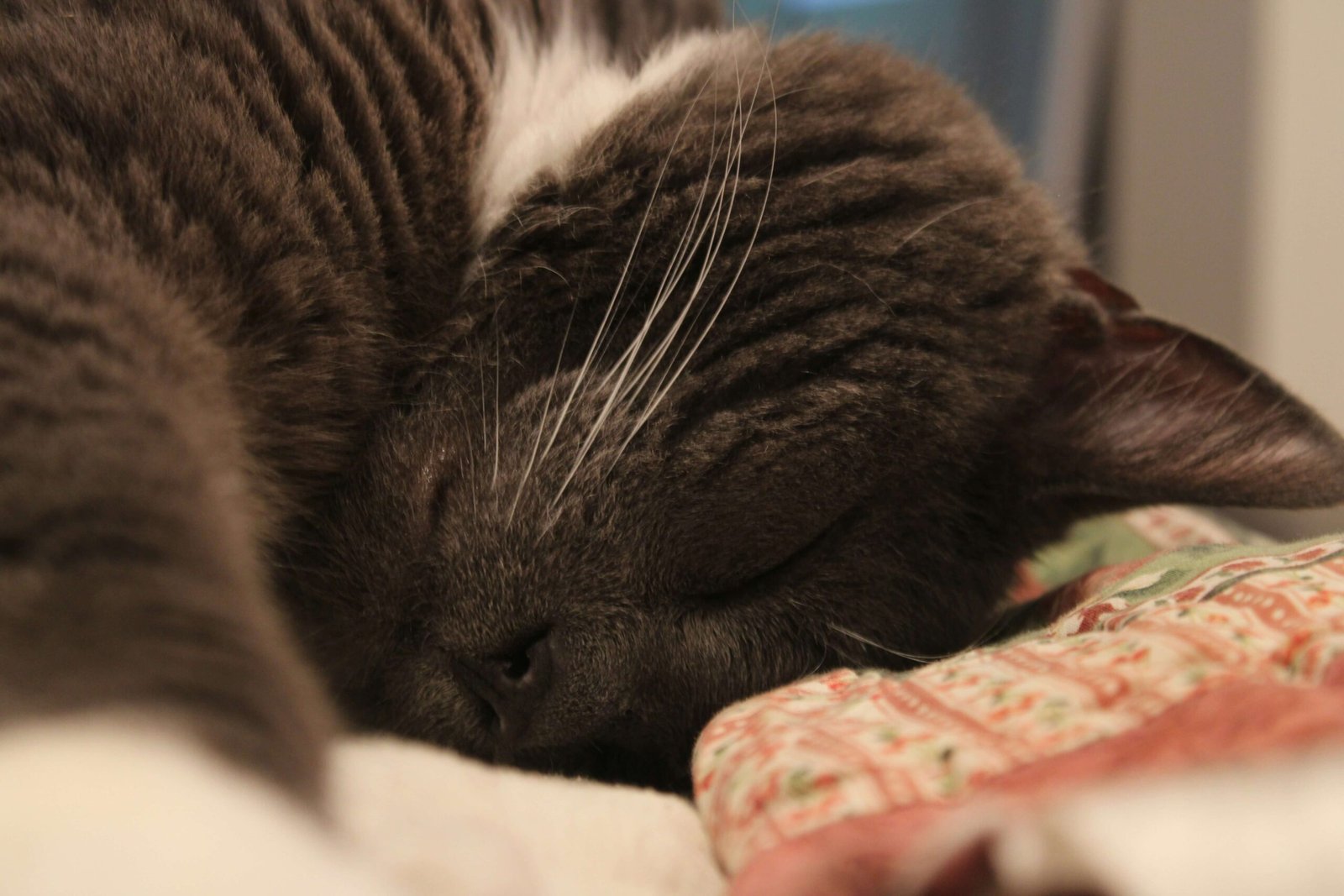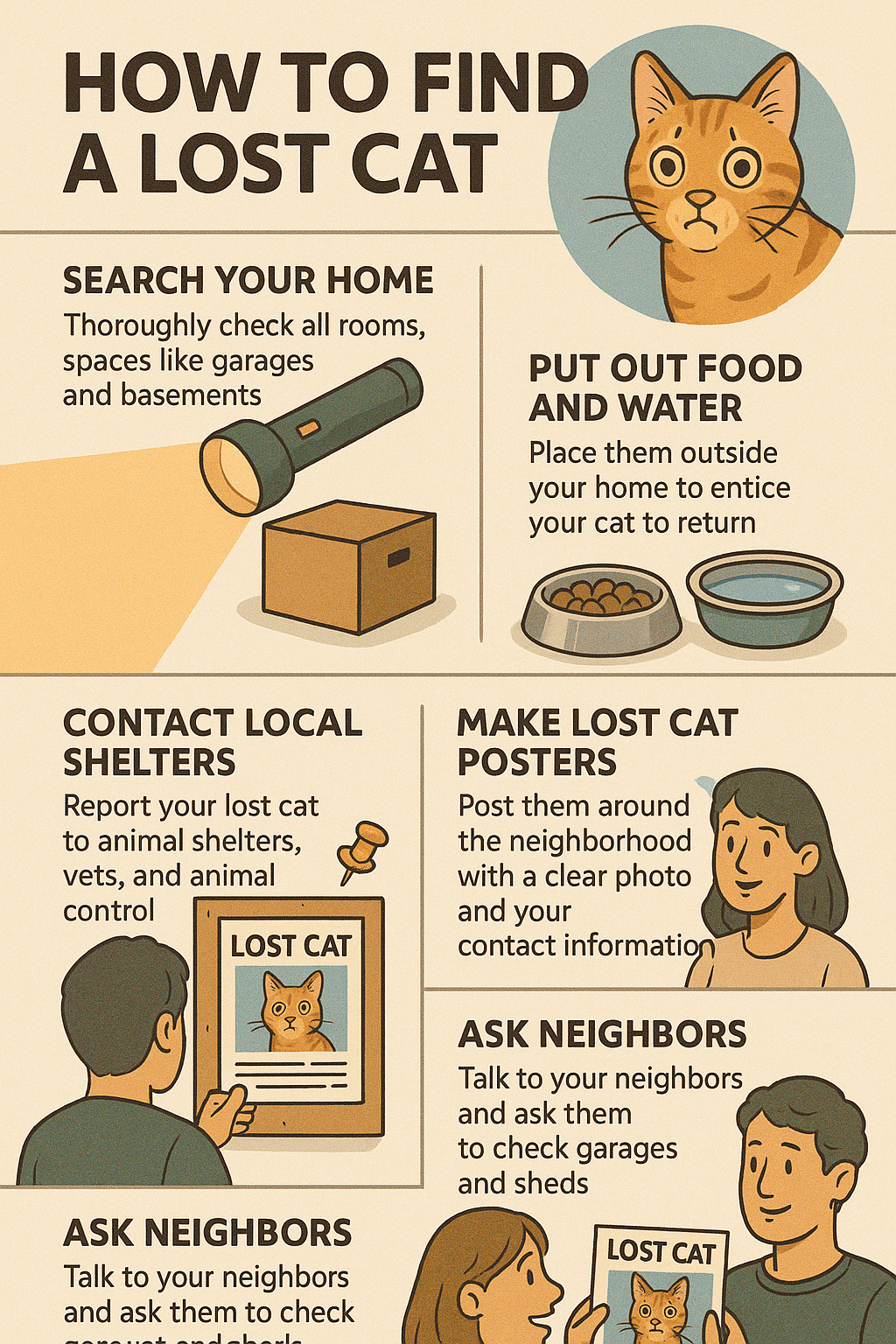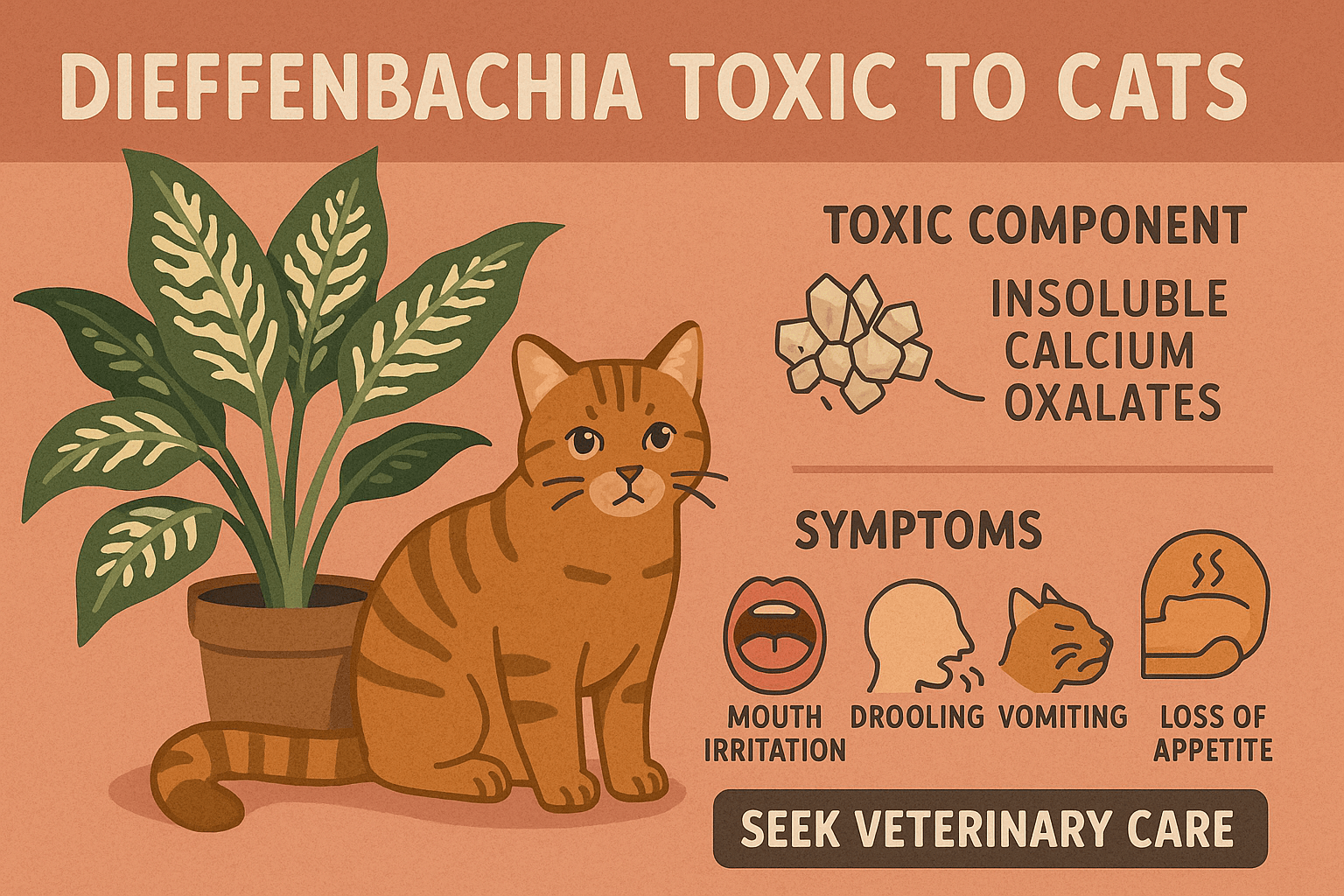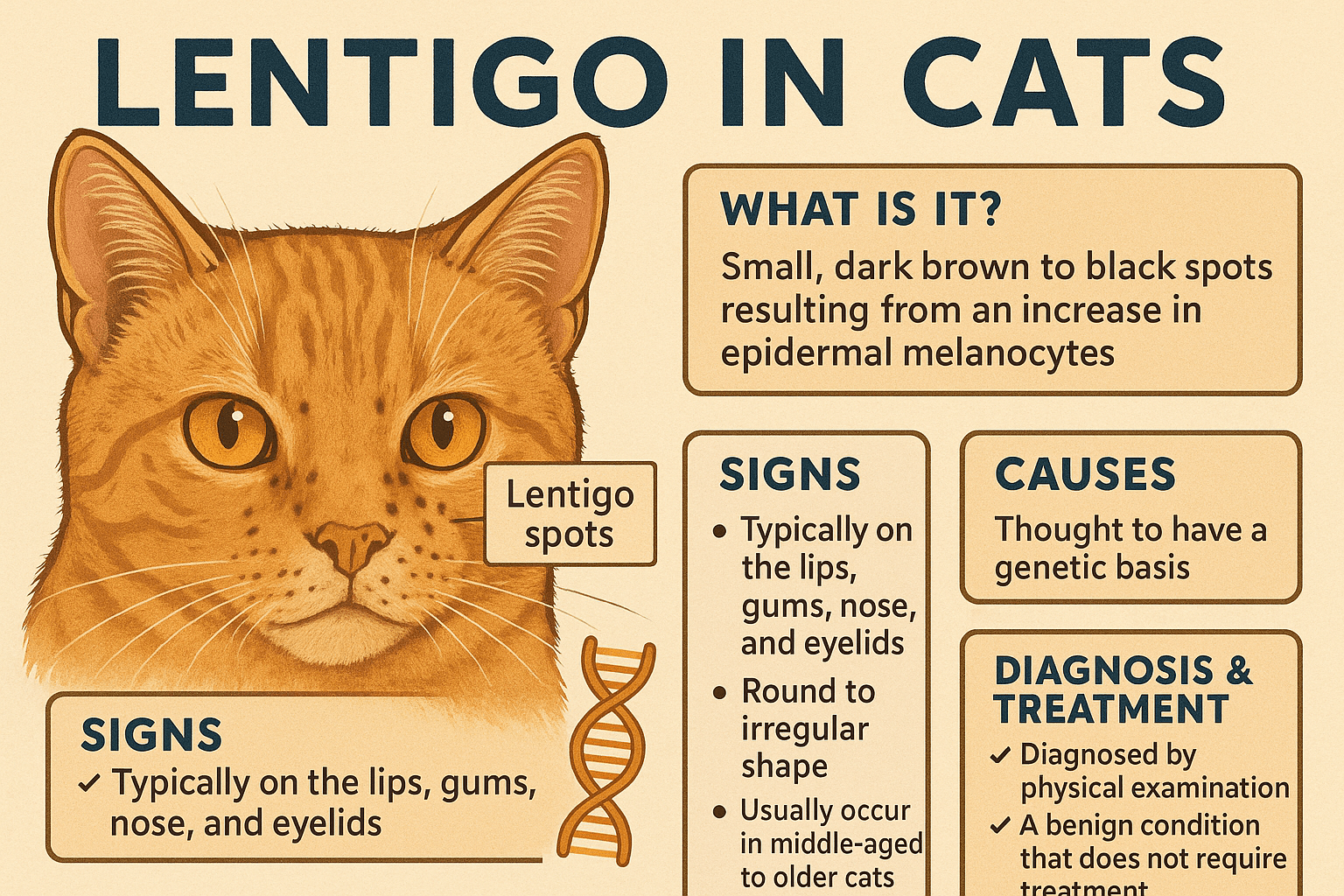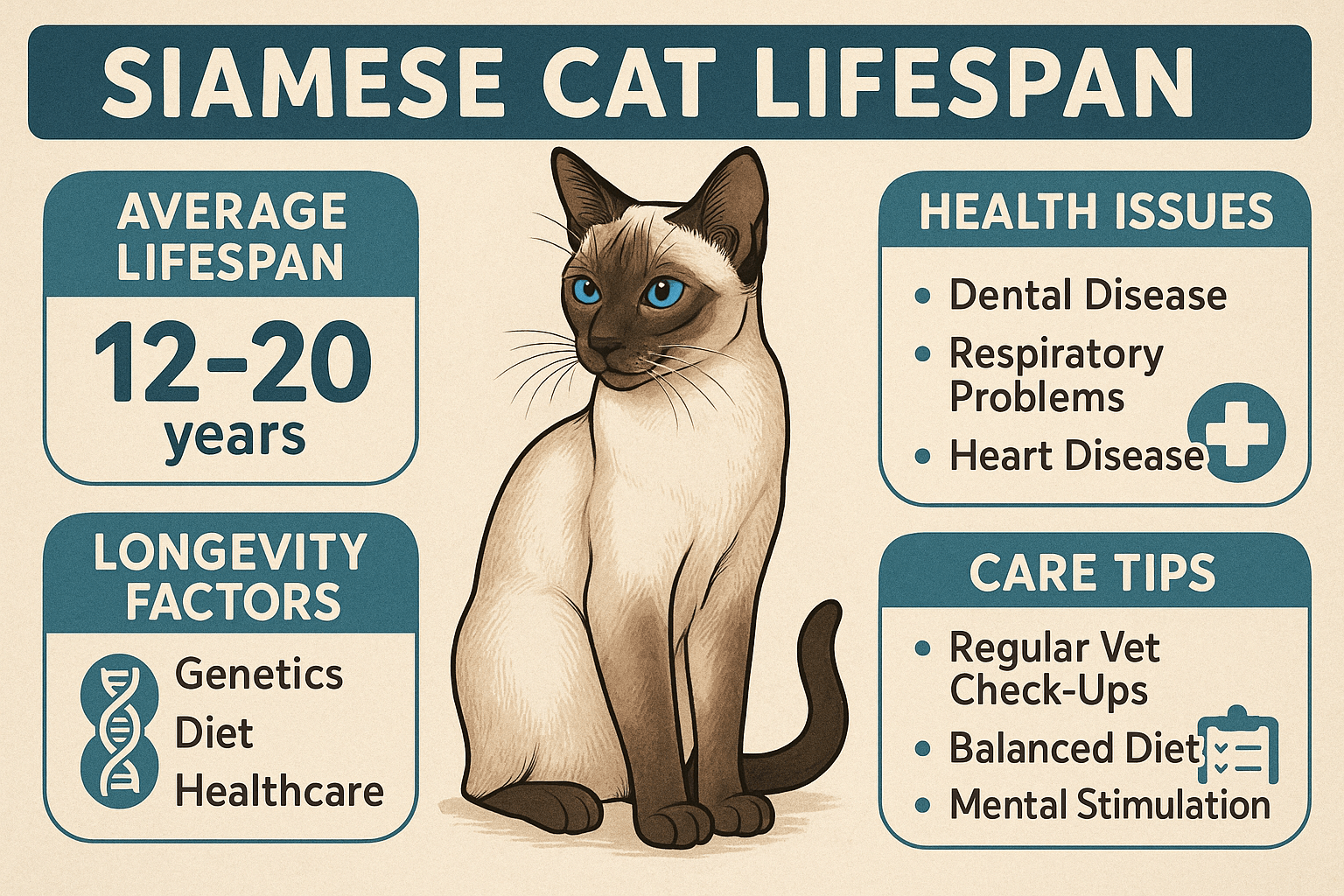Can a Spayed Cat Go Into Heat? Understanding the Facts
Cats are fascinating creatures, and their behaviors during different life stages often leave pet owners curious. One common question among cat lovers is whether a spayed cat can still go into heat. To answer this, we need to explore what happens to a cat’s reproductive system after spaying and how it impacts their hormonal behavior. In this blog post, we’ll delve deep into the topic, providing clarity on this subject and offering practical insights for cat owners. Whether you’re a new or experienced cat parent, this guide will help you better understand your feline friend’s needs.
What Happens During Spaying? A Closer Look
Spaying, also known as ovariohysterectomy, is a common surgical procedure performed on female cats to remove their reproductive organs. This process has several effects on a cat’s body and behavior. Below are some key points about what happens during and after spaying:
The ovaries and uterus are completely removed during the surgery.
Without ovaries, the cat no longer produces estrogen or progesterone.
The absence of these hormones prevents the cat from experiencing estrus (heat).
Spaying also reduces the risk of certain health issues, such as uterine infections and mammary tumors.
The surgery is typically performed when the cat is around six months old but can be done earlier or later depending on veterinary advice.
Understanding these aspects of spaying helps explain why a spayed cat cannot go into heat. Removing the reproductive organs eliminates the hormonal triggers that cause estrus cycles.
Signs That Mimic Heat in Spayed Cats
While a spayed cat cannot technically go into heat due to the absence of reproductive organs, some behaviors may resemble those seen during estrus. These signs can sometimes confuse pet owners who might think their cat is still cycling. Here’s what you need to know:
Some spayed cats exhibit increased vocalization, which could mimic calling during heat.
Restlessness or pacing might occur due to stress, boredom, or other non-hormonal factors.
Attention-seeking behavior can appear similar to behaviors observed during estrus.
Certain medical conditions, like ovarian remnant syndrome, can cause symptoms resembling heat.
Environmental changes or discomfort may lead to unusual behaviors that seem related to estrus.
If your spayed cat displays any of these behaviors, it’s important not to jump to conclusions. Consulting a veterinarian can help rule out underlying health issues and provide peace of mind.
Check this guide 👉Understanding the Cost of Spaying Your Cat: Best 7 Tips!
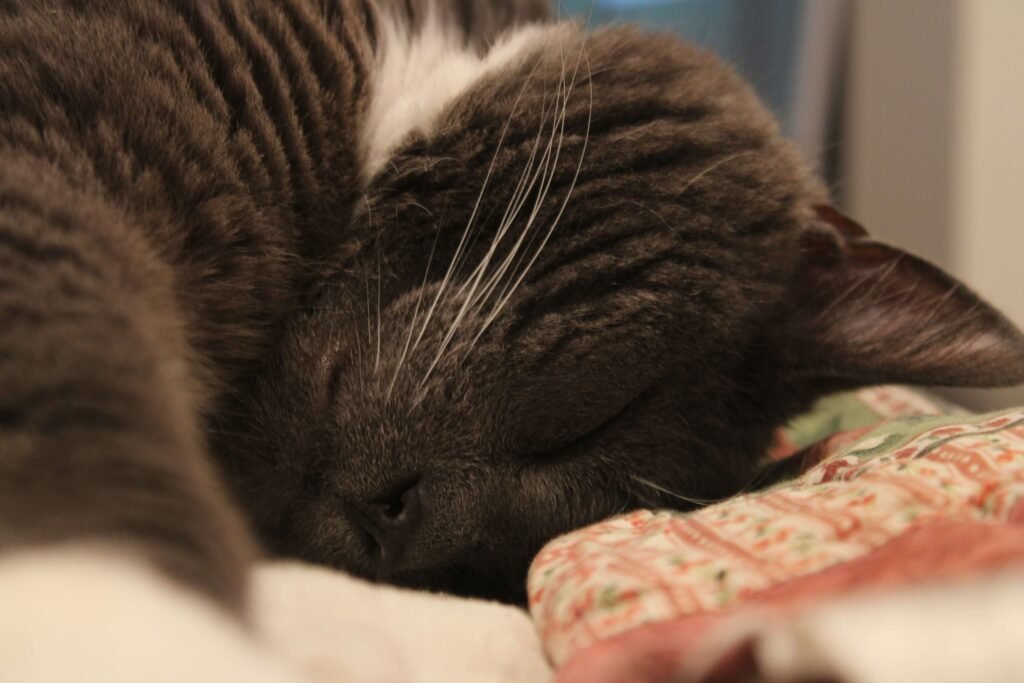
Aspect | Details |
|---|---|
Purpose of Spaying | Prevents reproduction and reduces health risks. |
Surgical Procedure | Removal of ovaries and uterus. |
Hormonal Changes Post-Spaying | Eliminates estrogen and progesterone production. |
Common Misconceptions | Spayed cats cannot enter true estrus. |
Potential Residual Behavior | Mimicking heat due to stress or medical reasons. |
Benefits of Spaying Your Cat
Spaying offers numerous advantages beyond preventing pregnancy. It contributes significantly to your cat’s overall well-being and longevity. Here are some benefits worth noting:
Reduces the likelihood of developing life-threatening diseases like pyometra and mammary cancer.
Helps control overpopulation by eliminating unwanted litters.
Minimizes roaming tendencies, keeping your cat safer at home.
Decreases aggression and territorial marking behaviors in multi-cat households.
Promotes a calmer temperament by stabilizing hormonal fluctuations.
By choosing to spay your cat, you’re making an informed decision that supports both her health and happiness while benefiting the community at large.
When to Seek Veterinary Advice
Even though spaying is a routine procedure, there may be instances where professional guidance is necessary. Knowing when to consult your vet ensures your cat remains healthy and comfortable. Consider the following scenarios:
Persistent vocalization or restlessness weeks after spaying.
Swelling, discharge, or signs of infection near the incision site.
Unexplained weight gain or loss shortly after surgery.
Behavioral changes that seem extreme or unusual for your cat.
Concerns about incomplete removal of reproductive tissues.
Timely intervention can address potential complications and reassure you that your cat is thriving post-surgery.
Common Misconceptions About Spayed Cats
There are several myths surrounding spayed cats that can lead to confusion among pet owners. Let’s address some of these misconceptions to provide a clearer picture of what to expect after the procedure.
Spaying makes cats lazy and overweight.
Spaying changes a cat’s personality drastically.
A spayed cat will still attract male cats.
Spaying is only necessary for outdoor cats.
Spaying is too expensive to be worthwhile.
Understanding these misconceptions helps dispel unnecessary worries. With proper care, spayed cats can live healthy, fulfilling lives without the risks associated with reproductive health issues.
How to Support Your Cat Post-Spaying
After spaying, your cat will need time to recover fully. Providing the right support during this period ensures a smooth healing process and minimizes complications. Here are some tips to help you care for your cat post-surgery:
Keep your cat indoors and limit physical activity for at least two weeks.
Monitor the incision site daily for signs of infection or irritation.
Prevent your cat from licking or chewing the stitches using an Elizabethan collar if needed.
Feed your cat high-quality food to promote faster recovery and maintain energy levels.
Schedule a follow-up appointment with your vet to ensure proper healing.
By following these steps, you can ensure your cat heals comfortably and avoids potential setbacks. Patience and attentiveness are key during this critical recovery phase.
Alternatives to Spaying: What You Need to Know
While spaying is the most common method to prevent pregnancy in female cats, there are alternative approaches worth considering. However, each option comes with its own set of pros and cons. Below are some alternatives to traditional spaying:
Hormonal implants that temporarily suppress estrus cycles.
Non-surgical sterilization methods currently under research.
Delayed spaying until after the first heat cycle (not recommended due to increased health risks).
Natural remedies aimed at managing reproductive behaviors (effectiveness varies).
Adoption of intact cats with careful management to avoid mating.
While these alternatives exist, spaying remains the safest and most effective way to ensure your cat’s long-term health. Always consult your veterinarian before deciding on any alternative approach.
Frequently Asked Questions About Spayed Cats and Heat
Can a spayed cat still get pregnant?
No, a spayed cat cannot get pregnant because her reproductive organs have been removed.
Why does my spayed cat act like she’s in heat?
This could be due to residual hormones, stress, or another unrelated condition. Consult your vet for clarification.
Is spaying painful for my cat?
The procedure is performed under anesthesia, so your cat won’t feel pain during surgery. Post-operative discomfort is minimal and manageable.
How soon after spaying will my cat return to normal behavior?
Most cats recover within one to two weeks, but individual recovery times may vary.
Are there any long-term side effects of spaying?
Generally, spaying is safe and beneficial, though some cats may experience minor weight gain. Regular exercise and a balanced diet can mitigate this.
Final Thoughts: Peace of Mind Through Knowledge
Spaying your cat is a responsible and compassionate choice that enhances her quality of life. While questions like “can a spayed cat go into heat?” are valid, understanding the science behind the procedure provides clarity and reassurance. By removing the reproductive organs, spaying eliminates the possibility of estrus cycles and associated behaviors. However, being attentive to your cat’s overall well-being and seeking veterinary advice when needed ensures she stays happy and healthy. Armed with this knowledge, you can confidently care for your feline companion and enjoy many joyful years together.
How to Find a Lost Cat: Best 7 Expert Tips! Discover actionable strategies to locate your missing cat, understand their behavior, and prevent future escapes with expert advice.
Is Dieffenbachia Toxic to Cats? Best 7 Expert Tips! Discover the dangers of Dieffenbachia, symptoms of poisoning, and how to keep your cat safe with expert advice and preventive measures.
Lentigo in Cats: Best 7 Expert Tips! Discover expert advice on understanding, identifying, and managing lentigo in cats to ensure your feline's health and happiness.
Siamese Cat Lifespan: Best 7 Expert Tips! Discover how to maximize your Siamese cat’s longevity with expert advice on health, care, and lifestyle for a happy, thriving feline companion.

